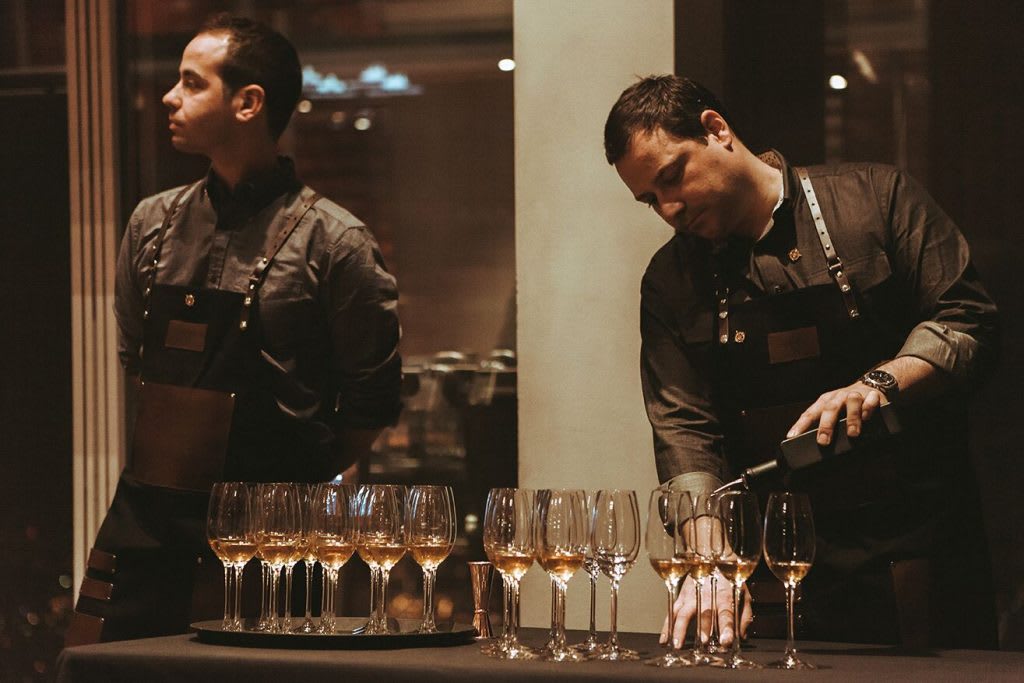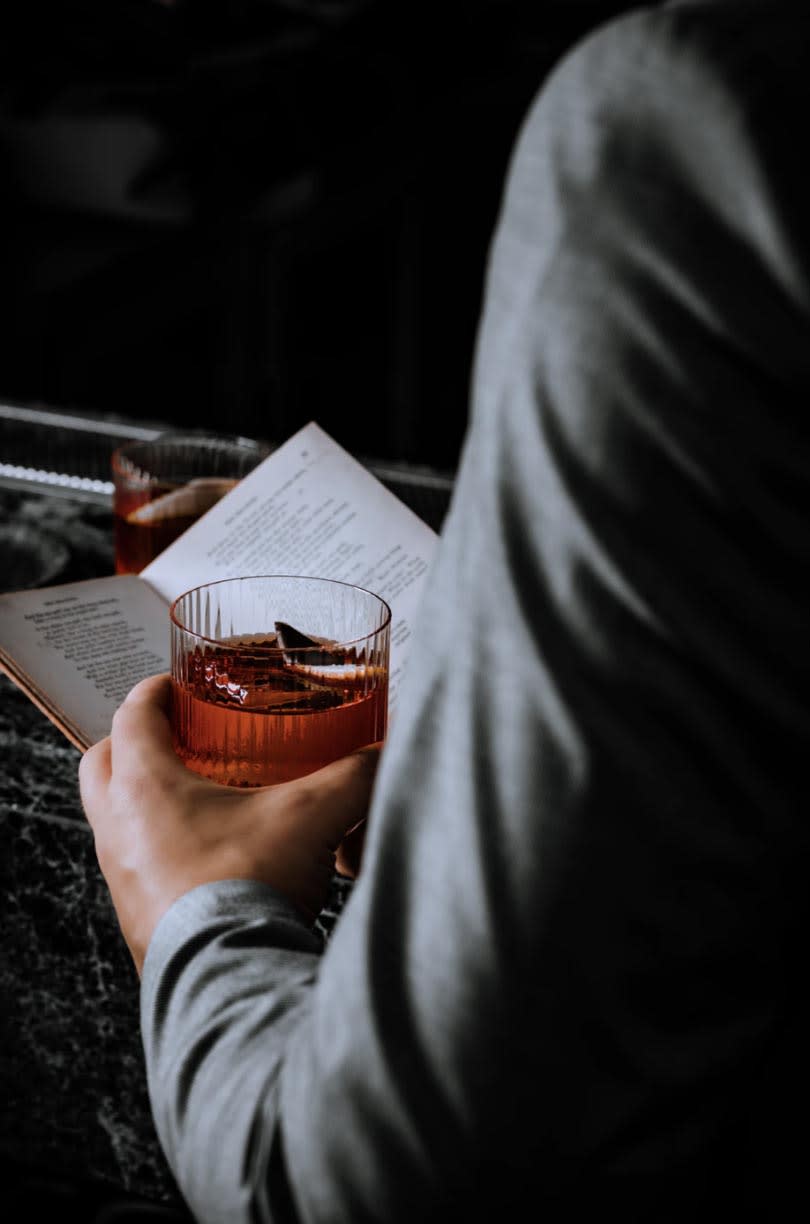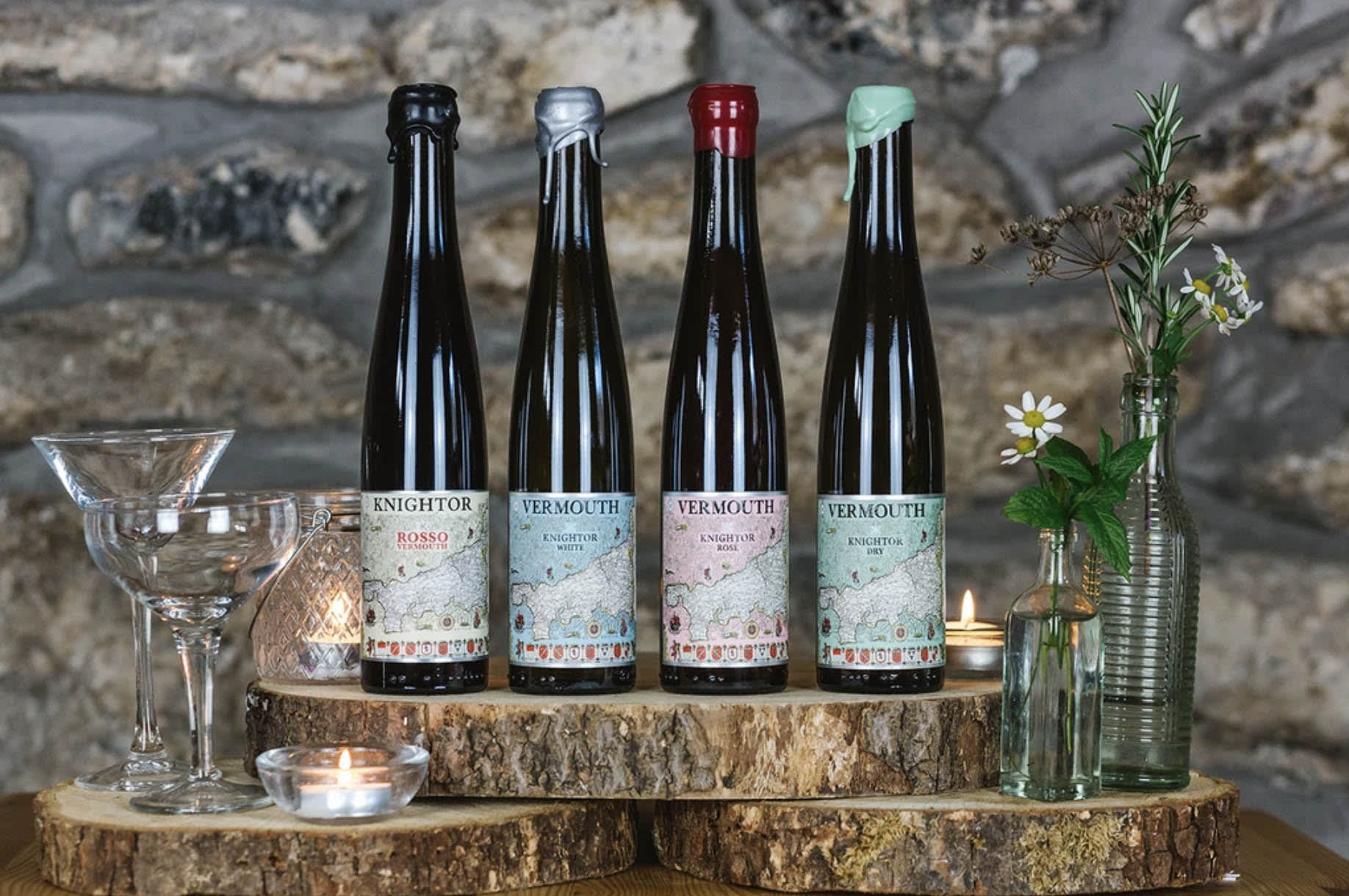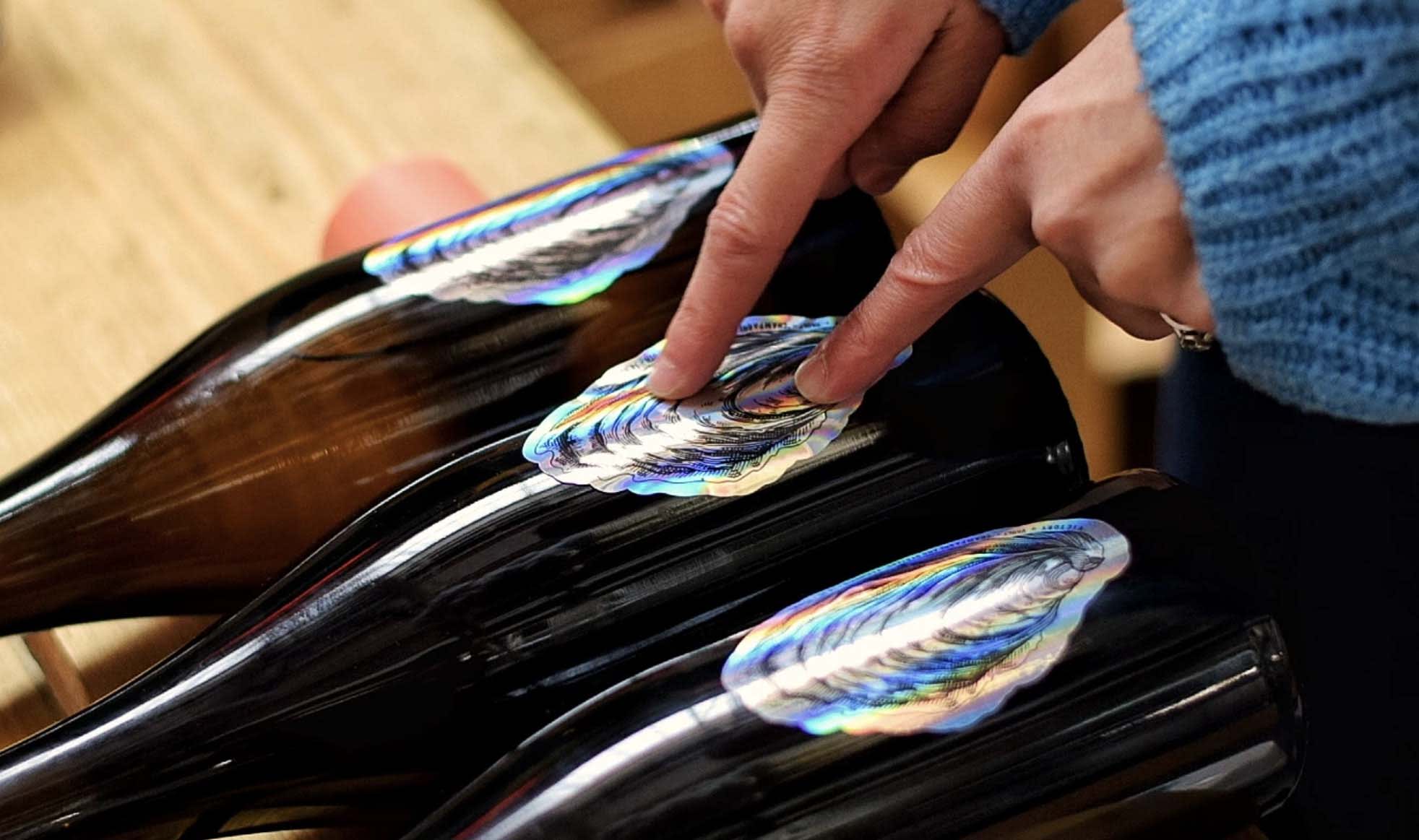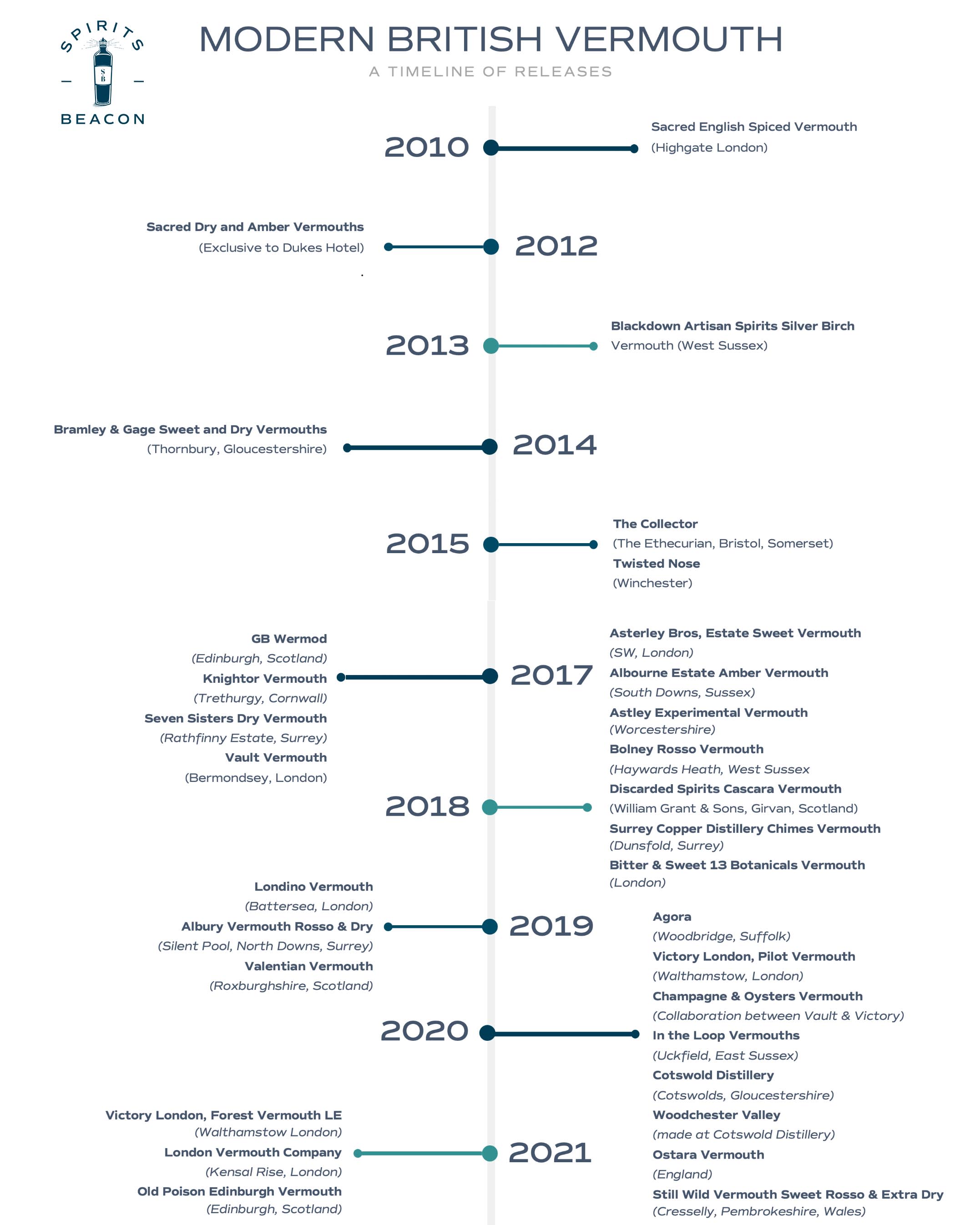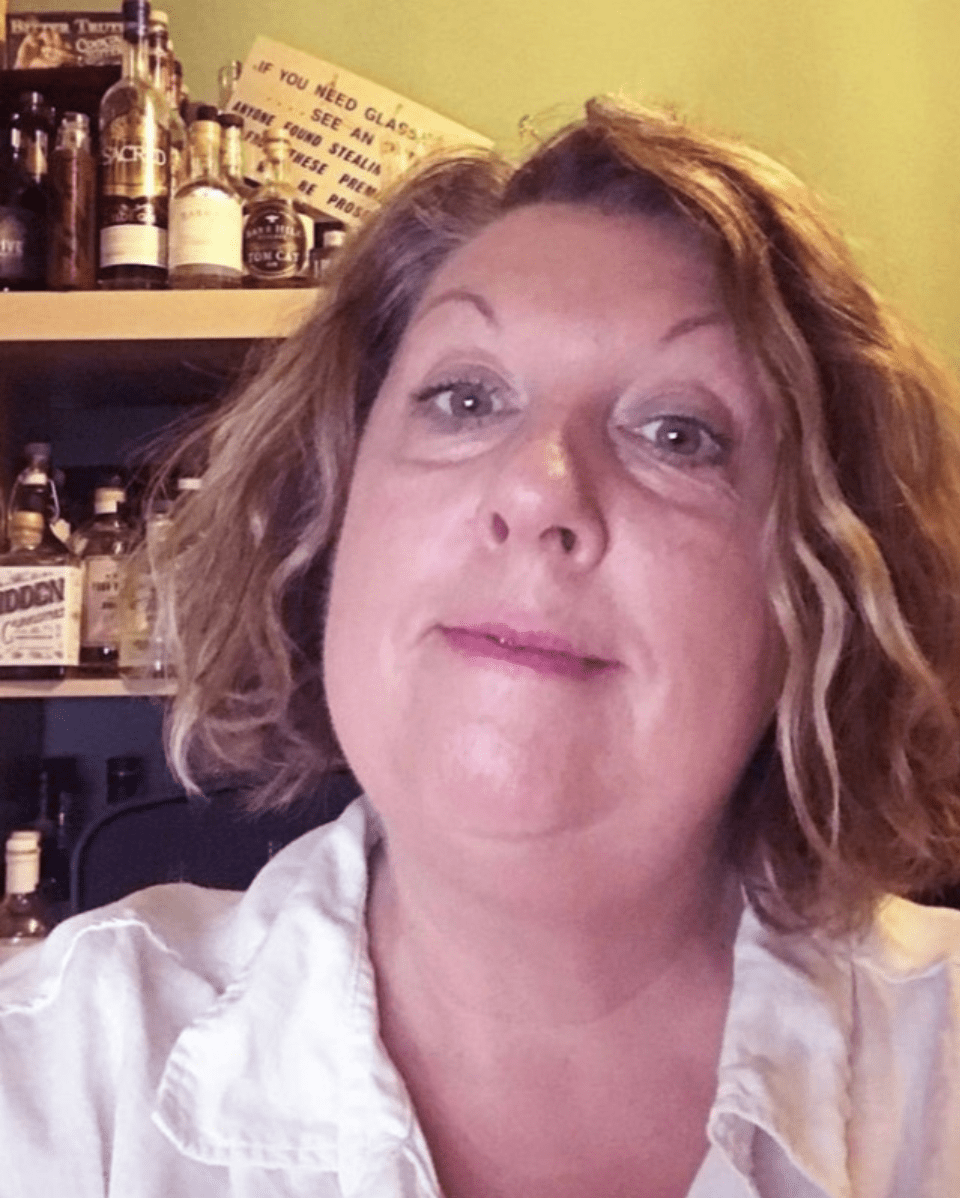In 2010 Ian Hart of Sacred Gin made and launched the first modern English Vermouth. It may seem like a moment of obscure madness to the casual observer and yet, it was anything but. With a love of wine and feeling inspired by the comeback of the Negroni, it was an obvious diversion for a trail-blazing distiller who had just launched his flagship gin.
When he took a bottle of their Sacred English Spiced Vermouth to Dukes Hotel for Head Bartender Alessandro Palazzi to try, it was love at first taste and a decade on Palazzi still uses it to make his Martinez. Having sparked a relationship, over the next year the duo collaborated to make a Dry Vermouth for Duke’s world-famous Martini. Once made, an Amber Vermouth soon followed, with the ambition to reverse engineer the original Kina Lillet immortalised in Ian Fleming’s 1953 Casino Royale (Fleming had been a frequent guest of Duke’s).
Working off an original bottle of Kina Lillet dating back to 1964, Sacred’s Amber Vermouth successfully reimagines many of the intricacies of the profile and today, is widely recognised as the closest equivalent of to it. With a trio of vermouths and some iconic cocktails grabbing the headlines once more – the category was back on the map.
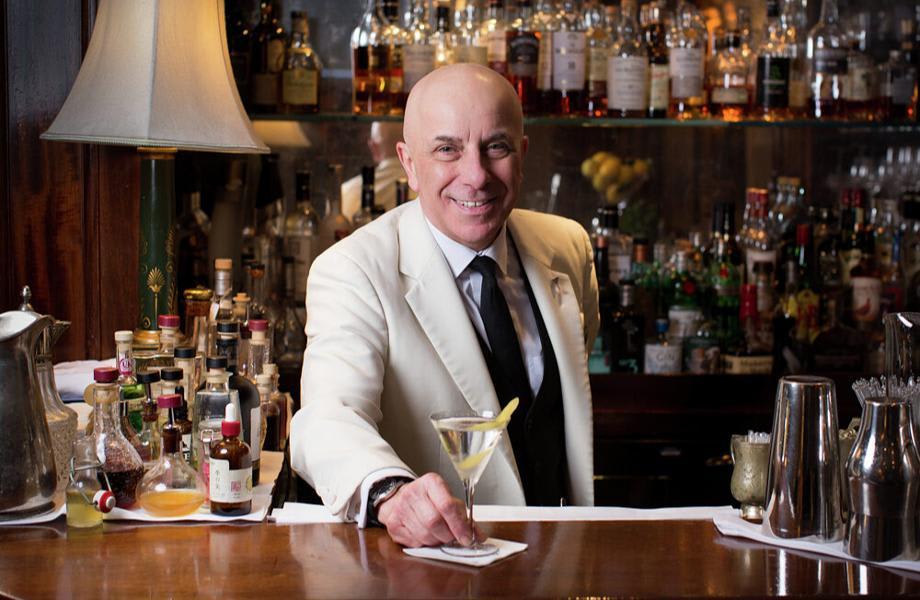

In 2011 Drinks historians Jared Brown and Anistatia Miller released ‘The Mixellany Guide to Vermouth and other Aperitifs’, another landmark moment and a source of inspiration to many enthusiasts.
Jack Adair Beven, Co-founder of The Ethicurean restaurant in Somerset, grabbed a copy after he tasted his first Negroni. It ignited a passion in him and triggered a quest to read as much as he could, unpick the recipes, attend tastings and stay behind to quiz the makers further.
Baven’s curiosity and love of food and booze led him to start playing around with making his own Vermouth and after finding a local Wormwood grower went on to publish his recipe in the Ethicurean 2013 cookbook. This was probably the first modern British vermouth recipe to be published.
They started making vermouth at the restaurant and fantastic feedback prompted them to take it more seriously. They officially launched The Collector Amber Vermouth early in 2015 and even though it is no longer available now, it shows that there was a clear demand for British made Vermouth and a love for the category developing in many food and drink circles going unrequited.


